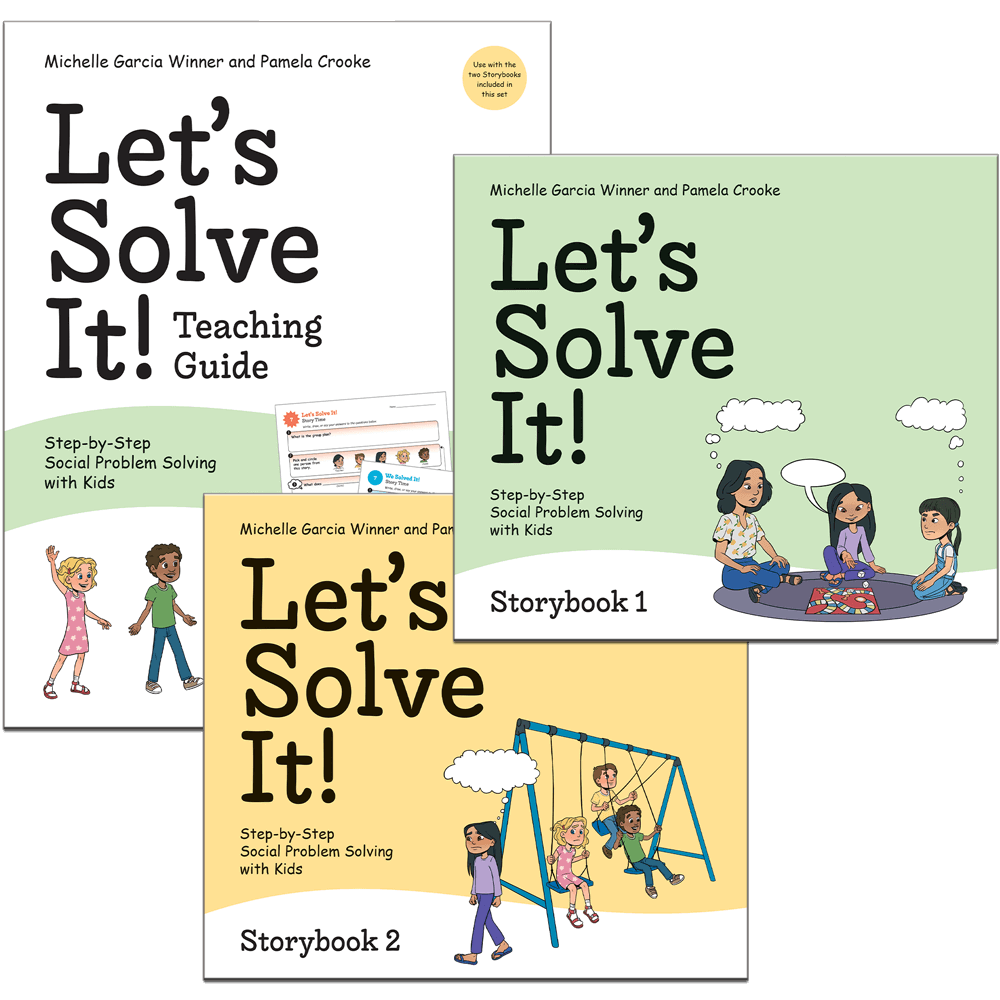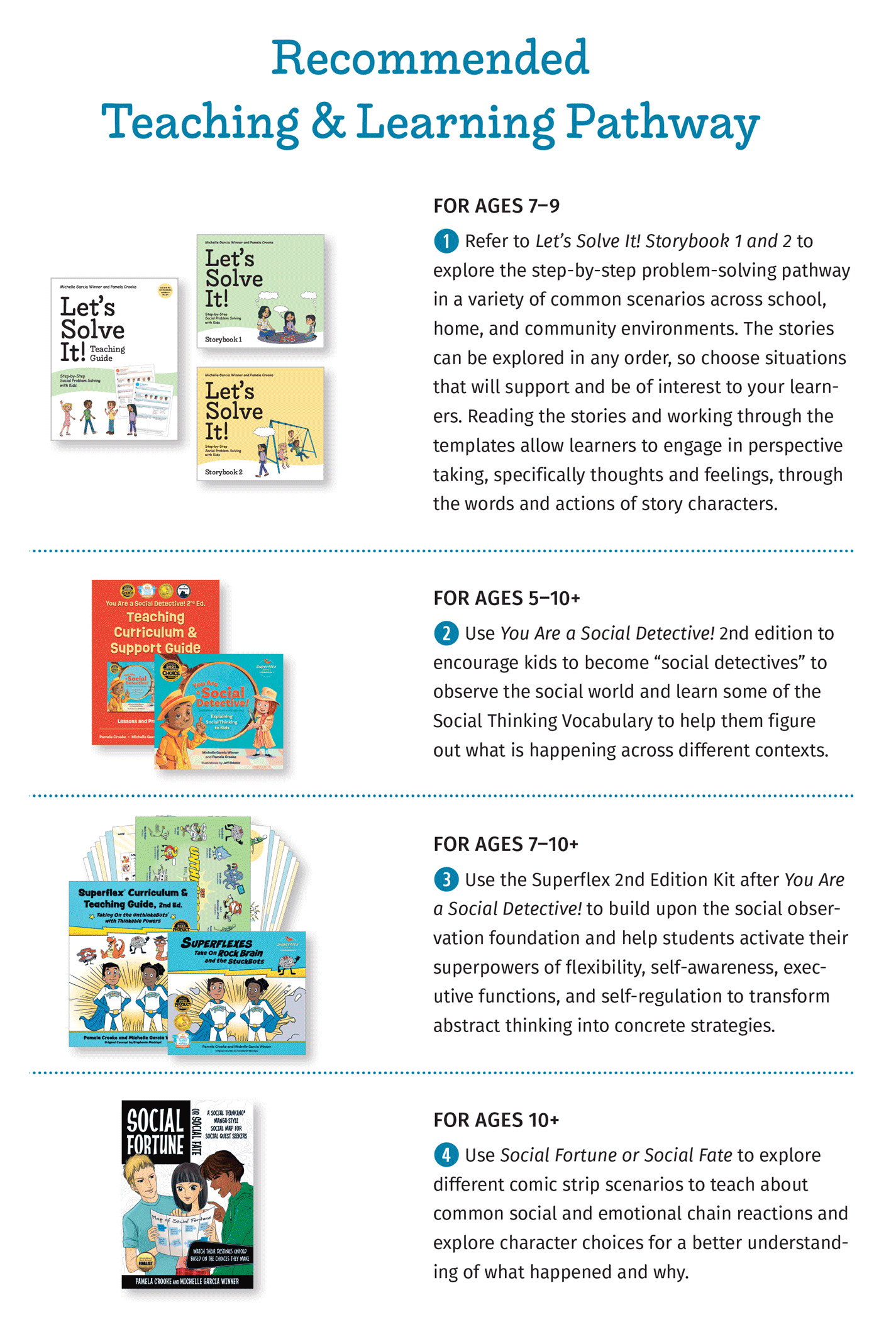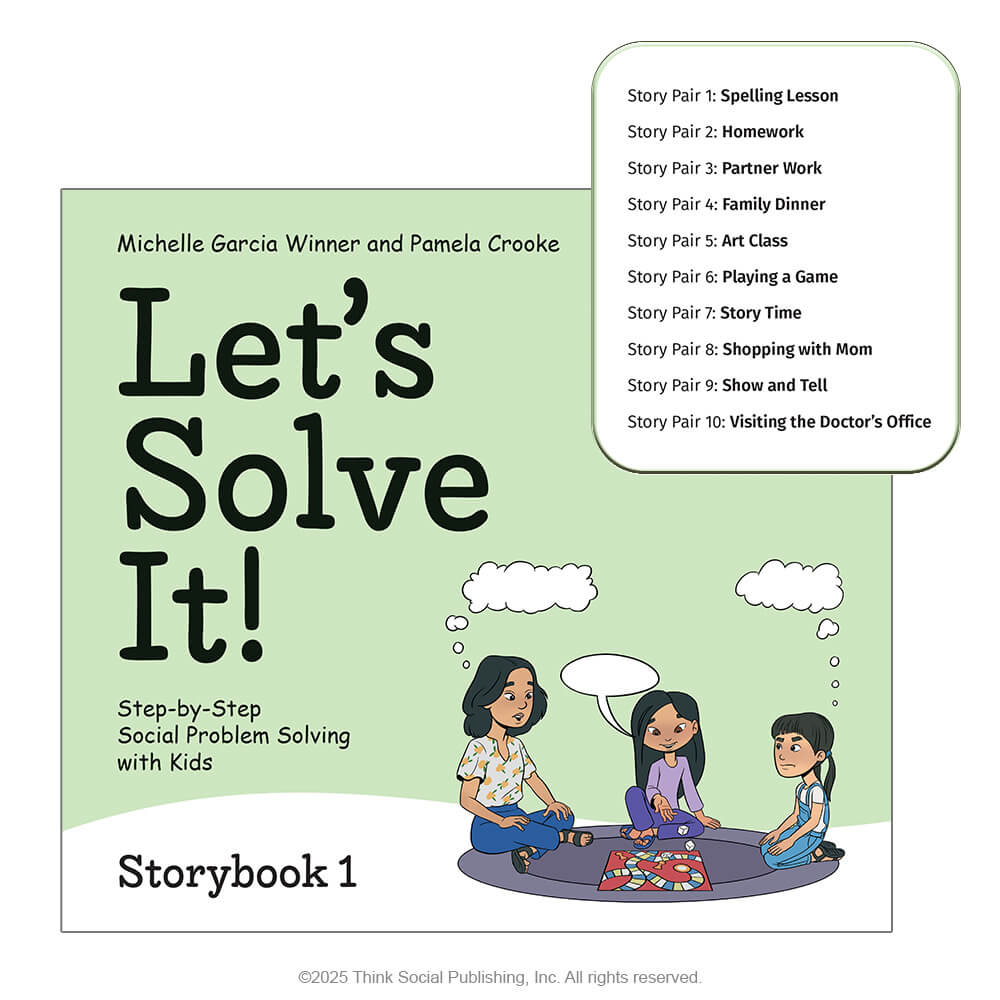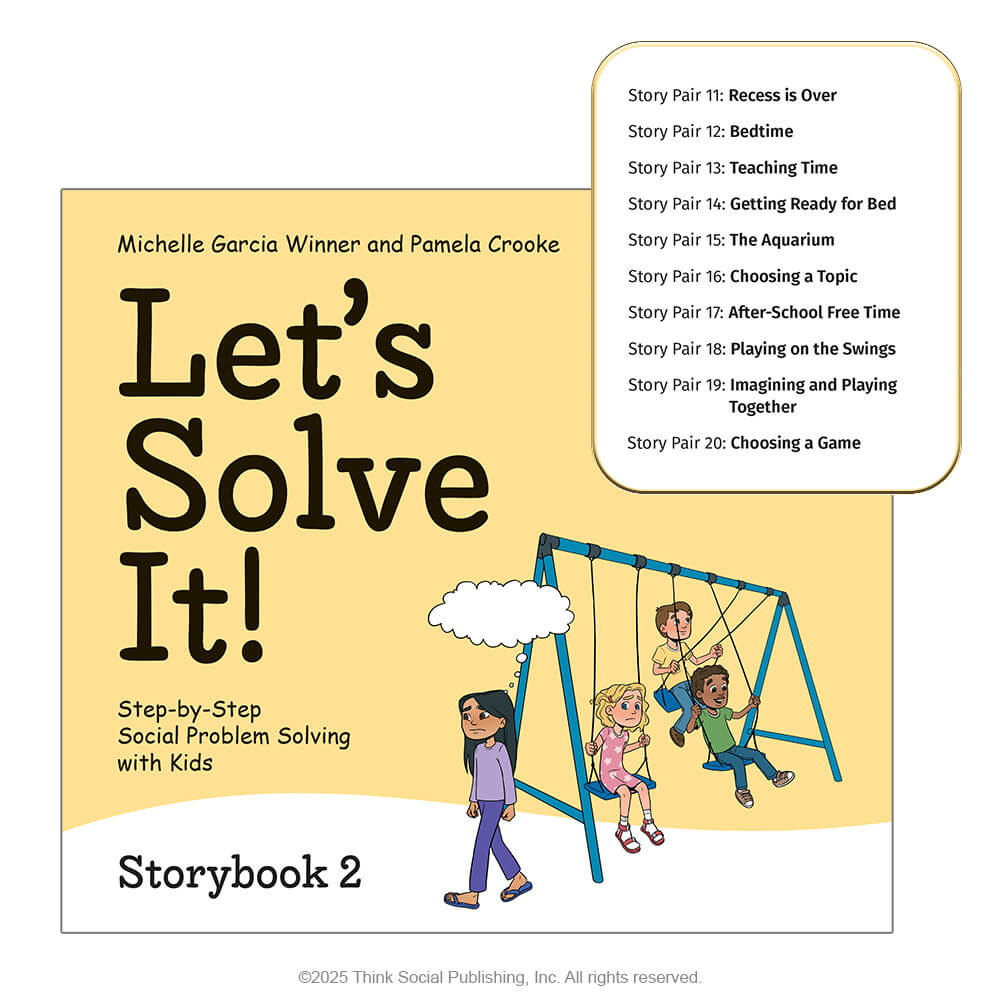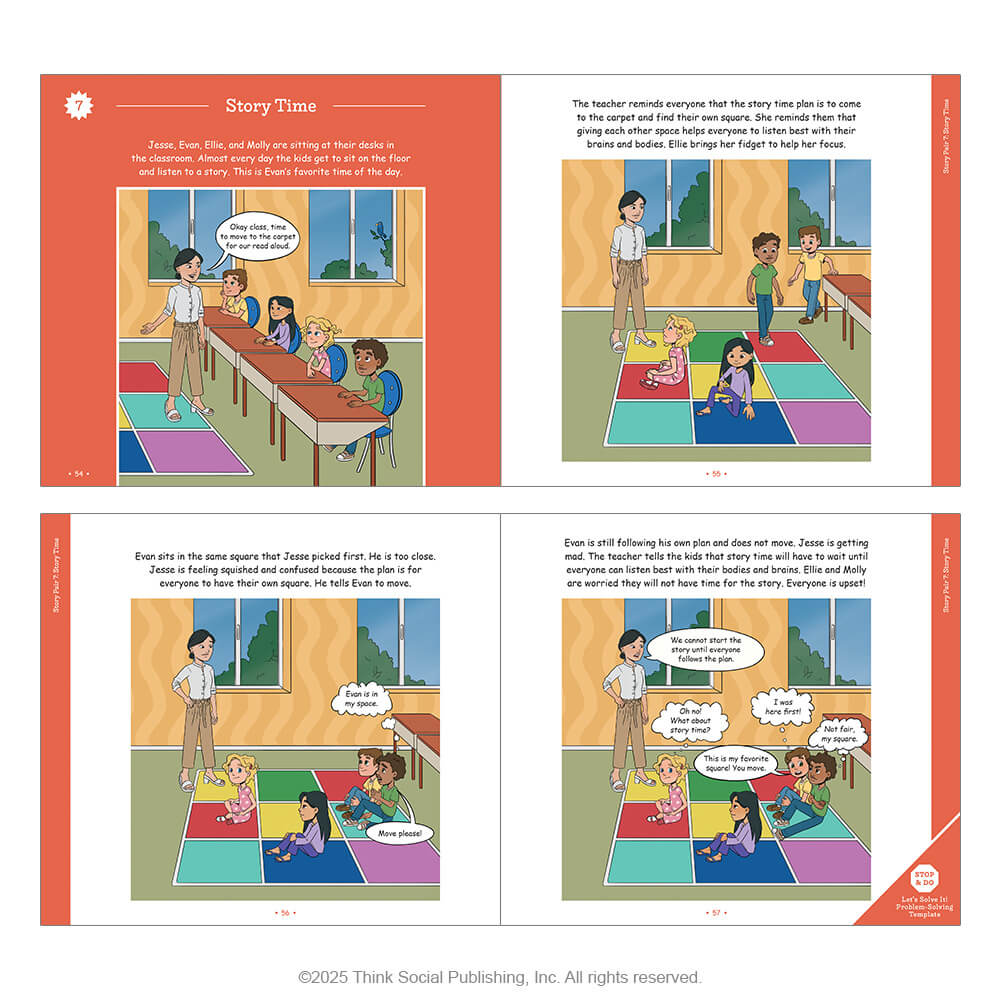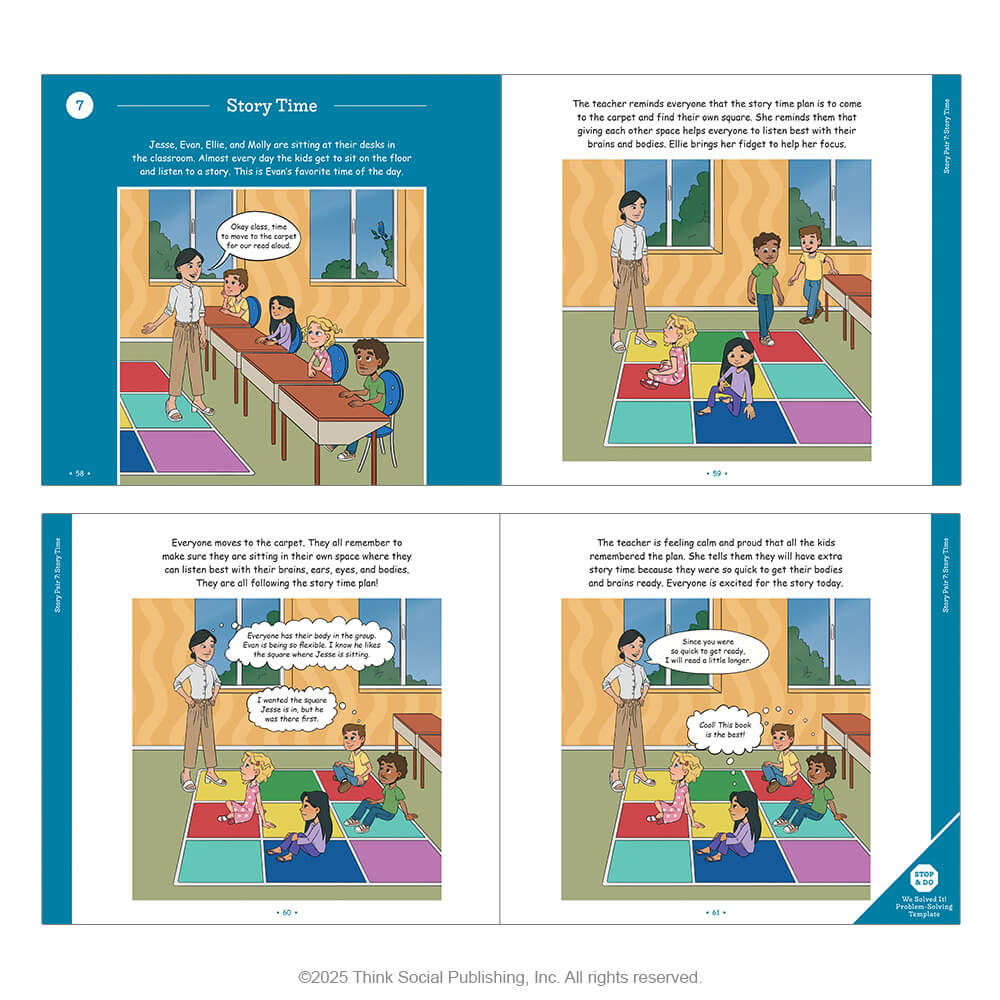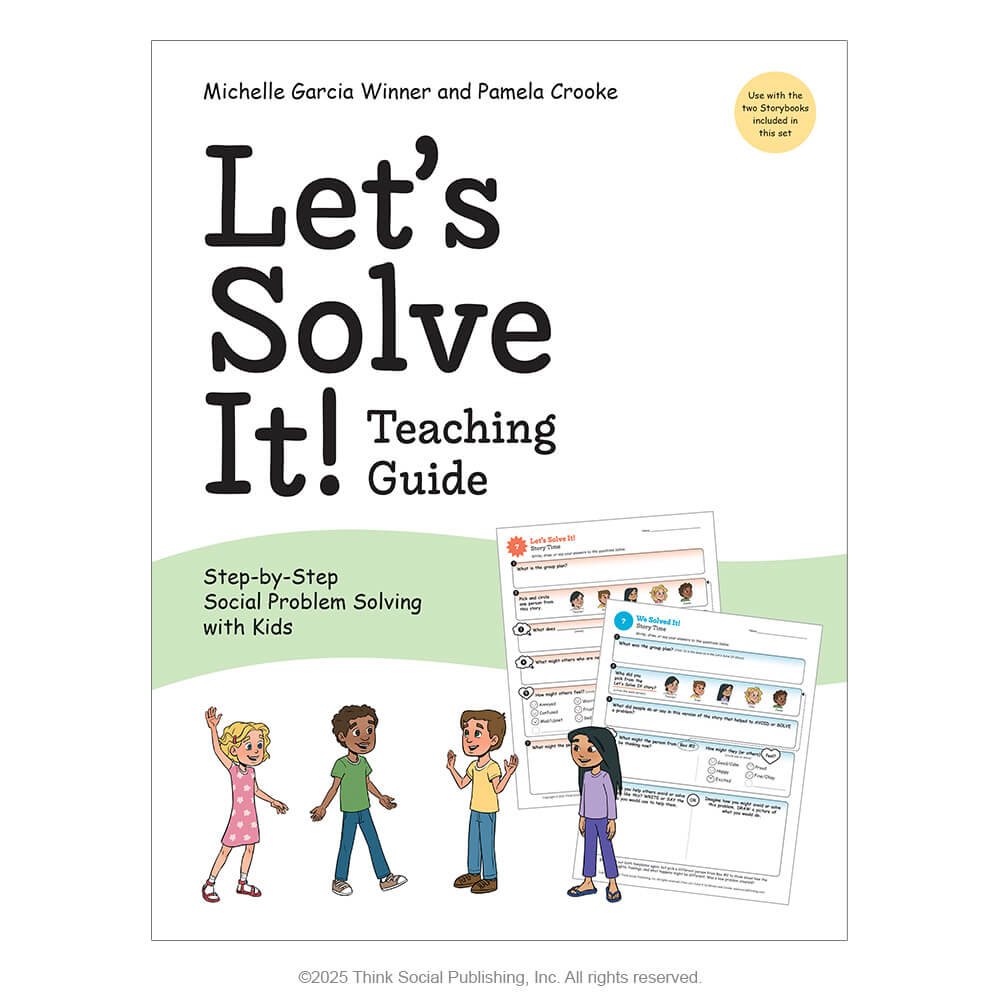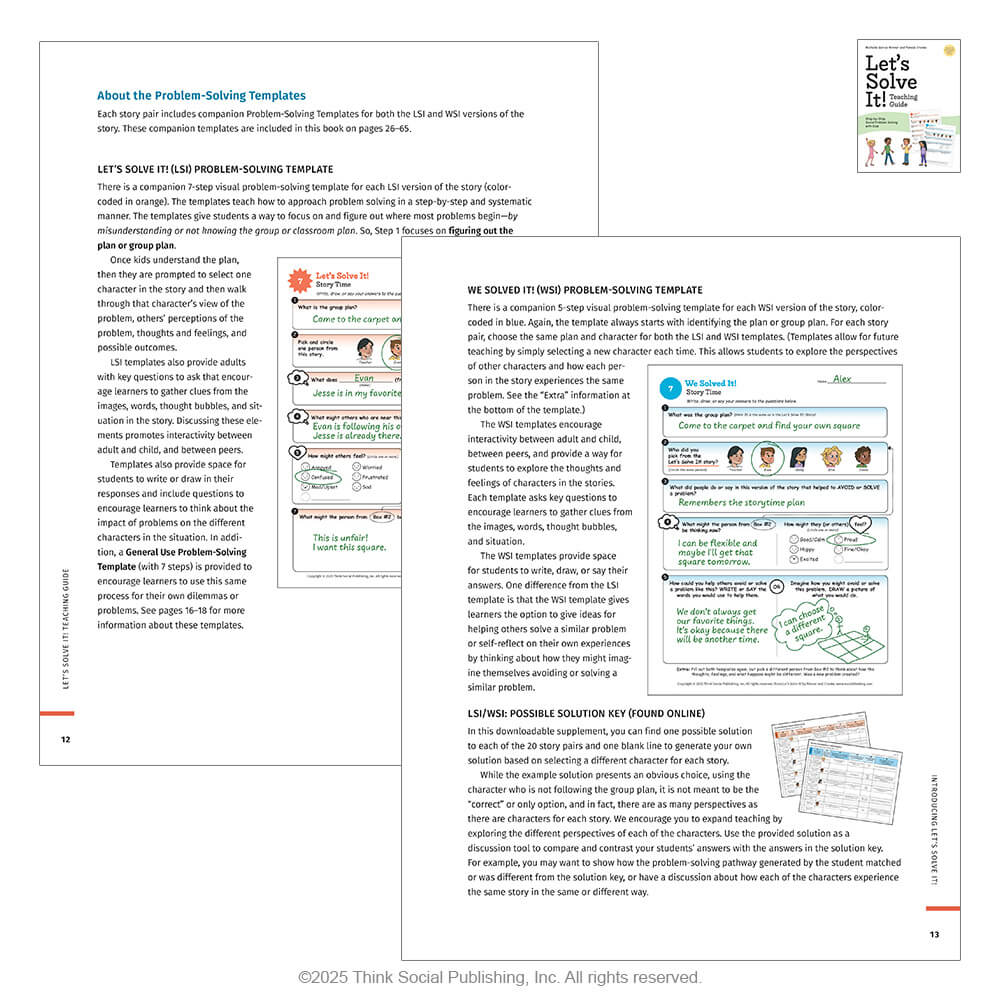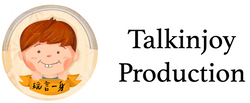Social Thinking
<<預訂>> Social Thinking Let’s Solve It! Step-by-Step Social Problem Solving with Kids
無法載入取貨服務供應情況
- Ages: Ages 7-9
- Format: 3 Book Paperback
- ISBN: 3303
- Pages: 115
- Published: 2025
Storybooks for Teaching Problem Solving
Illustrated stories are a mainstay for young children and provide both visual and narrative clues for basic problem-solving development. Storybooks enhance understanding of basic concepts, encourage engagement, and build critical thinking skills. They are also the foundation for building literacy skills, inferencing, and expose learners to perspective taking, specifically thoughts and feelings, through the words and actions of the story characters.
The Let’s Solve It! Step-by-Step Social Problem Solving with Kids, 3-book Teaching Set contains 2 storybooks, each with 10 pairs of stories (20 story versions in each storybook/40 stories in the set), along with a Teaching Guide book that includes a companion template to fill out for each story.
The 20 story pairs in this teaching set provide children with explicit visual examples of how we all impact one another as portrayed by the social situations that play out in each story. Each story pair includes two versions:
- A Let’s Solve It! story (identified in orange) explores how a problem formed.
- A We Solved It! story (identified in blue) explores how the same problem was avoided or solved.
The Teaching Guide includes corresponding Let's Solve It! (LSI) and We Solved It! (WSI) problem-solving templates to help guide discussions and teaching. Complete the LIS problem solving template after reading the LSI version of the story, then complete the WSI problem-solving template after reading the WSI version to discuss how the same social problem was avoided or solved and how various actions and responses impacted different characters' thoughts and feelings.
While its importance is often overlooked, the role of self-regulatory social problem solving is a cornerstone of academic and career success. By working through the templates together after reading each story, students benefit by having a clear, step-by-step systematic way to make sense of problems in context. The templates explore problem solving by asking questions that engage self-awareness, situational awareness, interpretation of what is happening, understanding of a person’s options to decide what to do or say or not do or say, and then responding in that manner that encourages their desired outcome. Ultimately, students learn how we are all part of socially responsive community; that what we all do and say impacts those around us.
